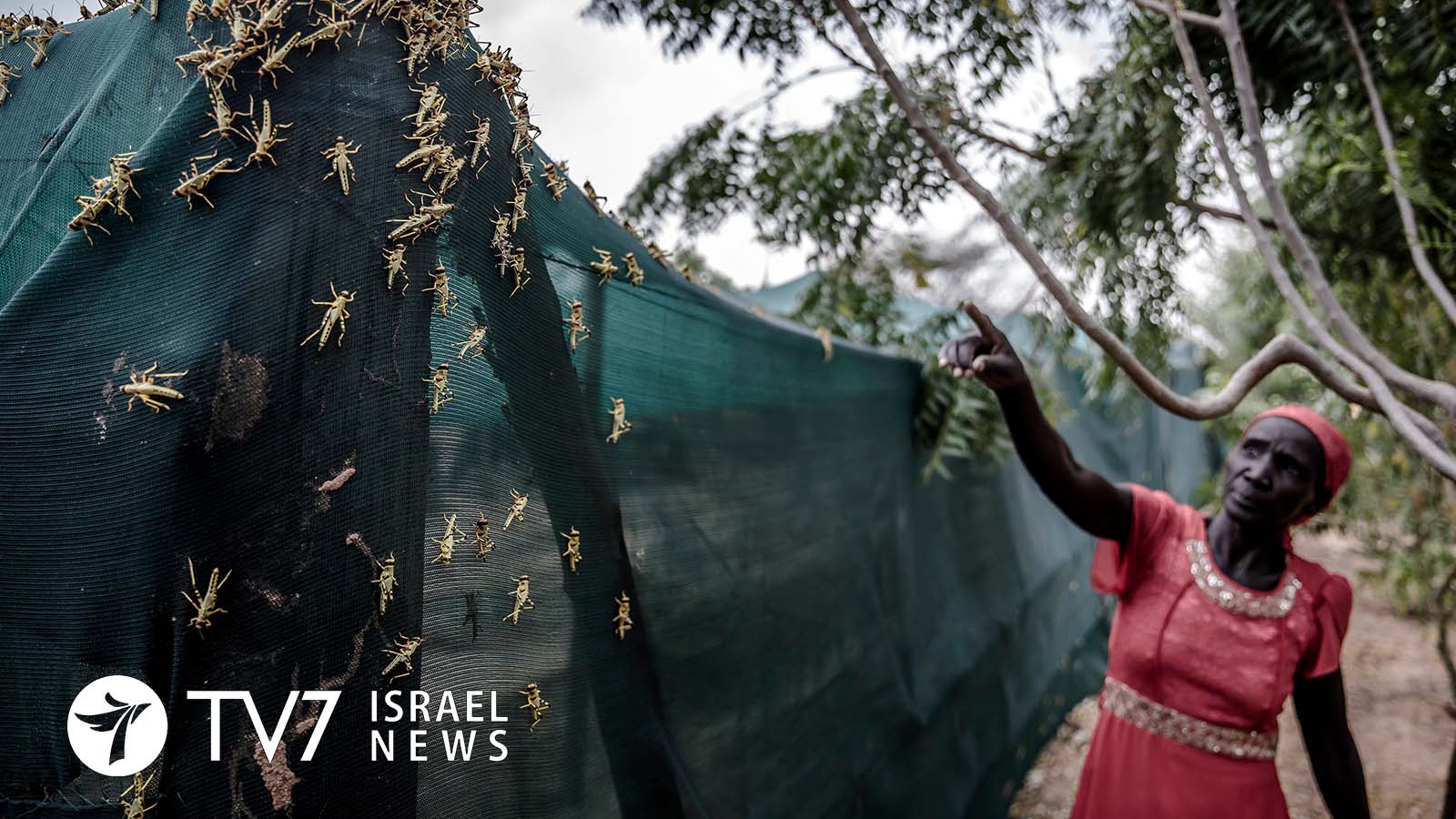Desert Locust swarms are continuing to decline in Kenya, Ethiopia and Somalia as a result of ongoing control operations by local governments and The United Nations Food and Agriculture Organization (FAO).
The further hatching and the formation of hopper bands is, however, expected to rise in May following the falling of “good rains” in parts of northern Kenya and southern Ethiopia this month that foster the maturation of current swarms to lay eggs.
The FAO’S Desert Locust latest situation update points out that the scale and extent of the upcoming breeding will be significantly smaller than compared to one year ago, and that teams, aircraft and other control resources that have already been deployed “should be able to manage the anticipated breeding.”
Even though the situation continues to improve, says the Desert Locust Information Service (DLIS), it remains “paramount that all countries sustain their current survey and control efforts in reducing existing swarms as well as detecting and controlling any breeding in the coming months.”
The DLIS also stressed that “Intense vigilance must be maintained until the autumn.”
The majority of existing regional infestations are persisting immature swarms east of Ethiopia’s Rift Valley in the Bale Mountains and Harar Highlands, where further breeding is expected due to rainfall that has runoff towards the eastern lowlands. Both immature and mature swarms have recently appeared primarily in the Somali region from south of Jijiga to Kebri Dehar. The situation remains calmer further south, although several small swarms may be present in southern Oromia and the multinational Ethiopian state of Southern Nations, Nationalities and People’s Region (SNNP).
In Somalia, a few immature swarms were treated in the northeast between Galkayo and Gardo while there have been no recent reports of swarms in the northwest.
In Kenya, a few elusive small swarms persist in Samburu county where they are maturing.
The DLIS estimates that a further drop in the current upsurge in the Horn of Africa is dependent on rainfall and control operations that will take place later this spring and summer. The situation is even thought “likely to return to normal by autumn” if only limited breeding occurs in northern Kenya and southern Ethiopia between now through June, based on the maintenance of survey and control operations and expected “poor rains” in northeast Ethiopia in the summer months.
On the Red Sea coast in Sudan, limited control operations continue against hopper bands.
Control operations are also ongoing to contain hopper groups and bands in interior regions of Saudi Arabia – where more hatching and band formation are expected to occur over a widespread area.
A few mature adult groups and swarms are being targeted by control operations in southwest Iran where breeding is believed to be imminent.
In 2020, the FAO had described the Desert Locust infestation and a “scourge of biblical proportions” that was the worst the region has seen in decades and put about 32 million people at risk of going hungry.
Even though massive undertakings to eradicate the pests have yielded significant results, there is growing concern over the type of chemicals being used in the operations
A report published earlier this month by the United States-based Mongabay non-profit conservation and environmental science news platform found that “95.8% of the pesticides delivered to East African nations over this period are scientifically proven to cause serious harm to humans and non-target organisms such as birds, fish and bees.” Moreover, “some 1.8 million liters of insecticides” containing the “moderately hazardous” chlorpyrifos and fenitrothion and “slightly hazardous” malathion chemicals have been sprayed “over almost 2 million hectares (5 million acres) since the beginning of the outbreak in December 2019,” leading to “concerns over the potential health and environmental impacts.”
Mondabay cited the Pesticide Action Network (PAN) campaigning group as listin all three compounds as “highly hazardous;” and “considered acutely toxic, a cholinesterase inhibitor, a carcinogen, a groundwater pollutant or reproductive or developmental toxicant.” The EcoTrac environmental consultancy reported that all three are “highly toxic to fish and mammals and two are highly toxic to birds.”
The FAO told Mongabay that it “takes precautions to limit the risk of pesticides causing harm to humans and the environment,” and that even though the pesticides being used “are not pleasant things” that “the lack of safer alternatives and the intensity of the locust plague leave them with little choice.”
